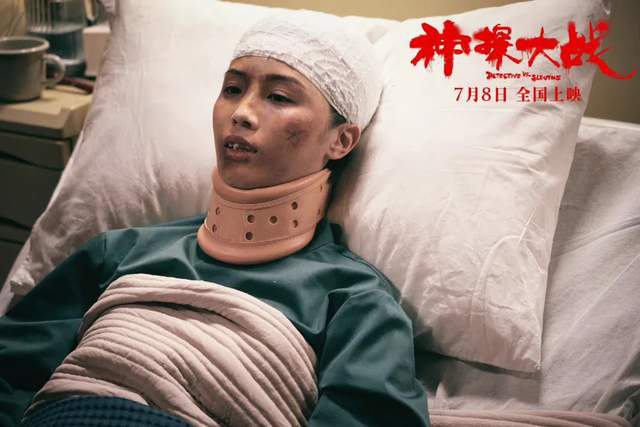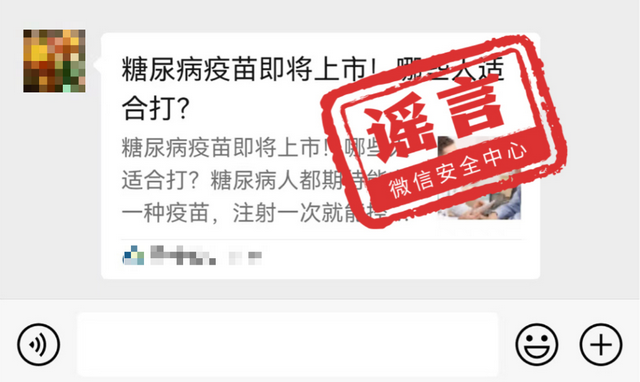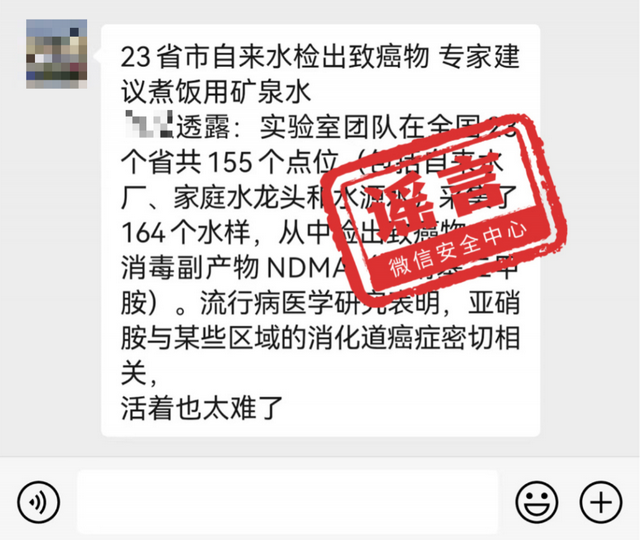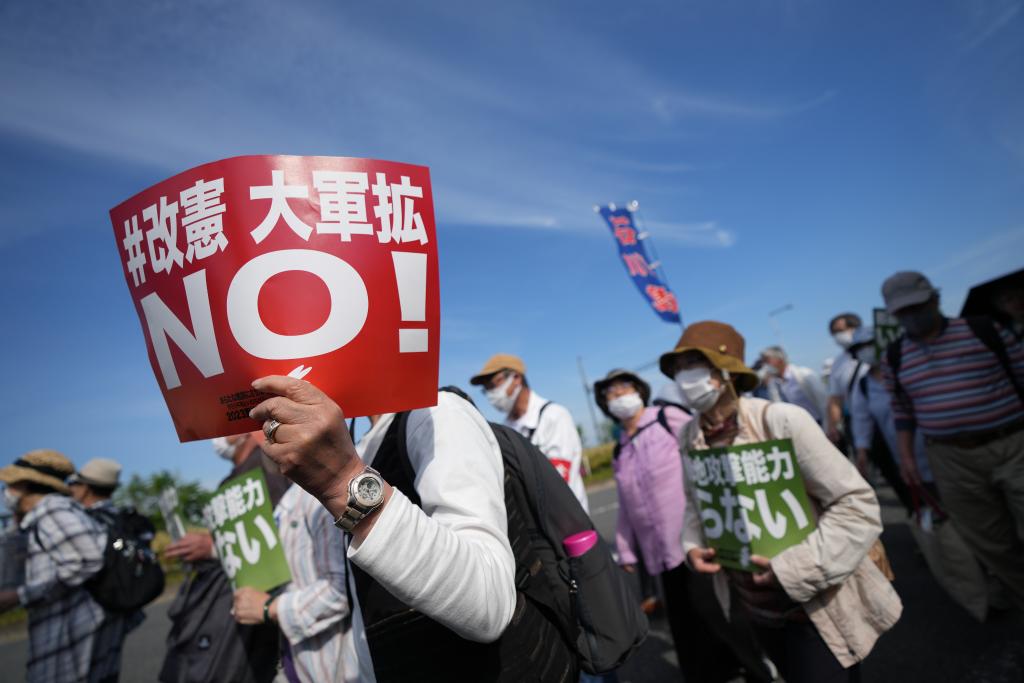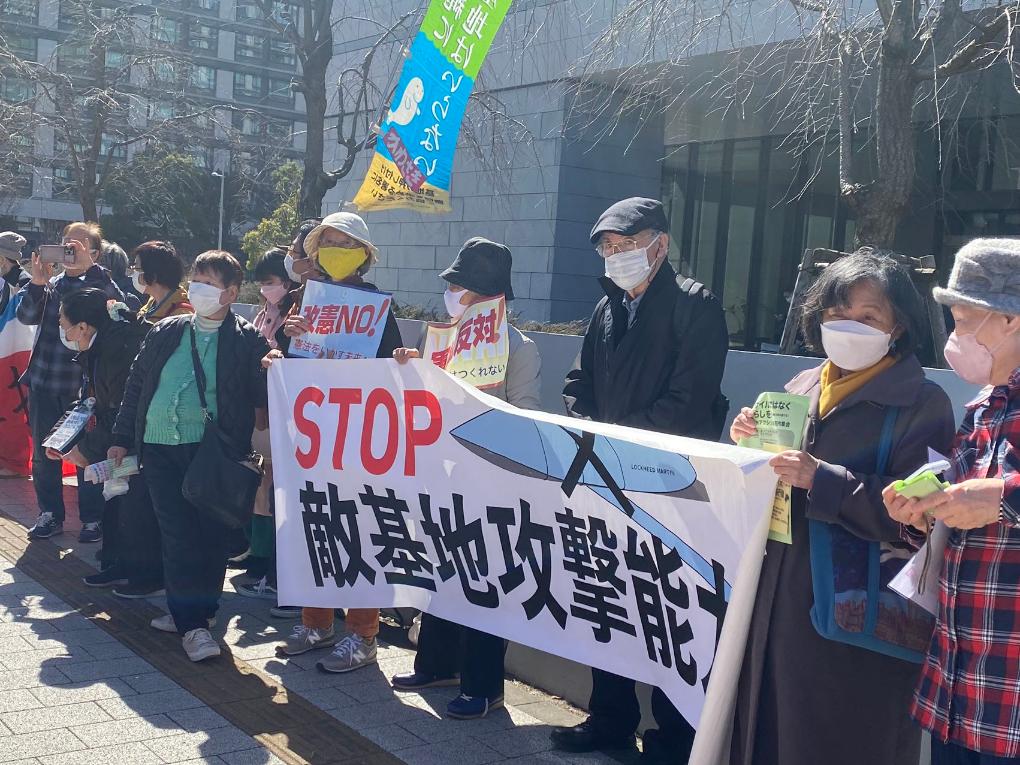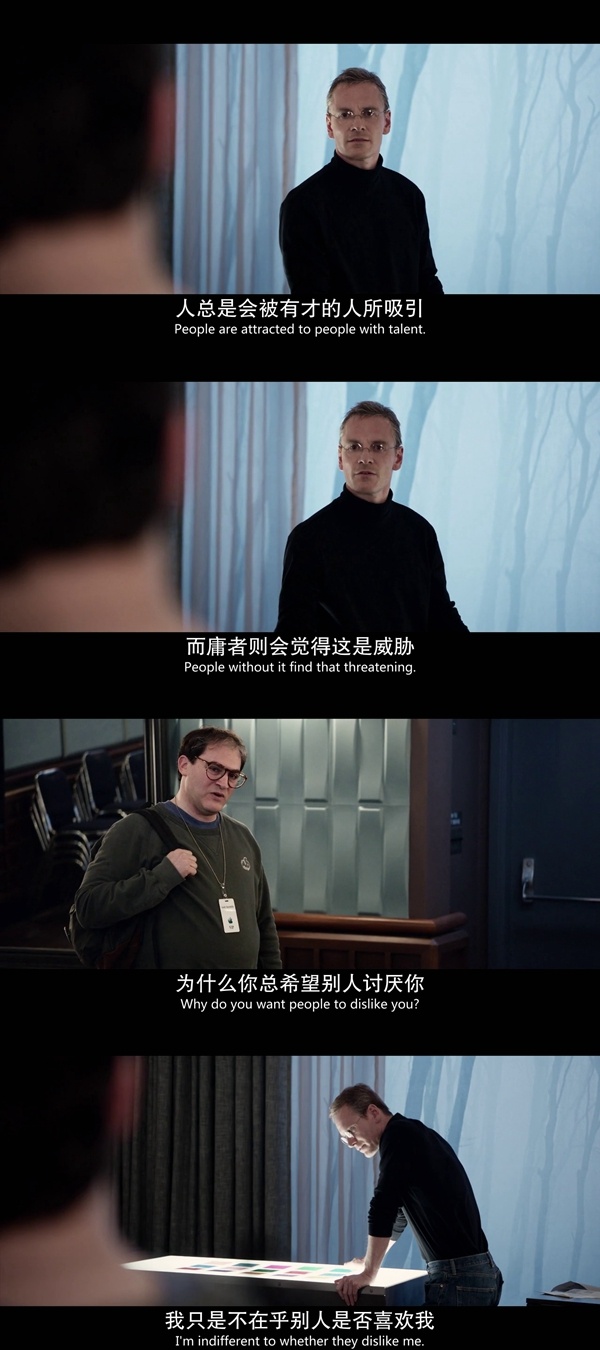Cover journalist Wang Guoping
After nearly half a century of humiliation, Zhenyuan Iron Anchor finally returned to its homeland. Now it lies quietly in the People’s Revolutionary Military Museum in China, Beijing, for Chinese people to pay their respects. It is like a thorn to warn the world at any time.
In 1895, the Qing government was defeated in the Sino-Japanese War, and Zhenyuan Ship, once the backbone of Beiyang Navy, was captured by the Japanese army and incorporated into the Japanese naval fleet. After serving in Japan for many years, it was disintegrated in Yokohama on April 6, 1912.
In order to show off its achievements, Japan displayed the big iron anchor on Zhenyuan ship in Ueno Park in Tokyo after the Sino-Japanese War of 1894-1895.
Until 1945, after War of Resistance against Japanese Aggression’s victory, as a victorious country, Zhenyuan Iron Anchor finally returned to China at the request of China naval personnel.
At that time, with Zhenyuan anchor, there were 34 Japanese warships of various types after the victory of the Anti-Japanese War.
Zhenyuan anchor, which has experienced humiliation, witnessed the smoke of war for half a century, and also witnessed the reversal of the national movement between China and Japan. As Jun Boli wrote in his commentary on Zhenyuan Iron Anchor, this is a historical testimony of Chinese people’s heroic resistance to imperialist aggression and their glorious victory.

Zhenyuan ship anchor exhibited in Junbo. The anchor weighs 4 tons and is 4.15 meters long. Compared with other exhibits in the museum, there are far fewer tourists who pay attention to the anchor.
1. The giant ship shocked Japan in East Asia to suffer from "fear of distance"
Dingyuan and Zhenyuan, two armored ships of Beiyang Navy, once opened the most glorious era of China’s modern navy.
On August 7, 1886, Ding Ruchang led Dingyuan, Zhenyuan and other ships to patrol Busan, Yuanshan, North Korea and Vladivostok, Russia, and led the fleet into Nagasaki, Japan for maintenance on the way home. According to Japanese historical records, the visit of these two giant ships even caused "fear of’ setting a distance’ and’ town far’" among Japanese people at that time, which caused a feeling of resentment, envy and fear in Japan.
Dingyuan Ship and Zhenyuan Ship, as symbols of the naval strength of the Qing Dynasty, led beiyang fleet to patrol Vladivostok in the north and Hong Kong and Singapore in the south every year, visited Saigon and the Philippines several times, and arrived in Southeast Asian countries and regions such as Singapore, showing the presence of China’s naval forces in the East China Sea and the South China Sea.

After the Sino-Japanese War of 1894-1895, the Zhenyuan ship captured by the Japanese army was repaired in Lushun dock, and its iron anchor at the bow was clearly visible.
2. Defeated and captured giant anchors show public humiliation
After the defeat of the Sino-Japanese War in 1895, Zhenyuan Ship was captured by the Japanese on February 17th, 1895.
On February 27th, 1895, Zhenyuan Ship was towed to Lushun by Japanese ship Xijing Maru. From March 26th to June 1st, the machine parts and hull were overhauled. On July 4th, Zhenyuan arrived in Yokosuga to change weapons.
On March 16, 1895, Zhenyuan was formally incorporated into the Japanese fleet, still using the name Zhenyuan, and was listed as a second-class warship on March 21.
Since then, Zhenyuan Ship, as a member of the Japanese fleet, participated in the battle of Lushun, the battle of the Yellow Sea and the naval battle against Malaysia in the Russo-Japanese War. And Zhenyuan was formed by Japanese ships such as "Yandao" and "Qiaoli", which were sworn enemies ten years ago.
On December 12, 1905, the old Zhenyuan ship was listed as a first-class coastal defense ship. On April 1, 1911, it was registered as a target ship for testing new weapons. It disintegrated in Yokohama on April 6, 1912.
Zhenyuan Ship served in the Japanese Navy for 17 years.
In order to show off the victory, after the Sino-Japanese War, Japan removed the anchors of Zhenyuan and another Beiyang Navy Jingyuan ship, transported them to Japan, erected them in Ueno Park in Tokyo, and placed 10 warheads of Zhenyuan ship’s main gun around the anchors, which were welded to Zhenyuan ship’s anchor chain for 20 fathoms, and set up a naval battle inscription to humiliate Chinese.
Ueno Park, a famous scenic spot in Japan, often appears in the diaries and notes of many Japanese students studying in Japan after the late Qing Dynasty.
In 1906, a young man named Cheng Gan "went to Japan to examine technology medicine" and also went to Ueno Park.
Cheng Gan said in his diary that since the Sino-Japanese War of 1894-1895, the Japanese have exhibited these trophies everywhere. "One is to restore martial arts, and the other is to encourage people to do things afterwards, even with the density of their hearts."
At that time, Chinese, who went to Japan, "mostly avoided the road because of things related to national humiliation, or ran away when he saw it, fearing that he could not compare with it."

Japanese painting: Zhenyuan ship arrived in Yokosuga as a trophy after the Sino-Japanese War of 1894-1895.
3. "claim it back immediately to remove the shame."
In 1945, War of Resistance against Japanese Aggression won an all-round victory, and the United States, China, Britain and the Soviet Union formed an Allied Committee to deal with post-war issues. At that time, the Japanese government sent a huge delegation to Japan.
In March, 1947, Navy Major Zhong Hanbo was ordered to go to Japan to serve as the chief military attache of the first group (military group) of the China delegation.
Before departure, Gui Yongqing, commander-in-chief of the navy, summoned Zhong Hanbo in Nanjing and explained one thing: "After the Sino-Japanese War of 1894-1895, our navy lost, and Zhenyuan and Jingyuan were captured by the Japanese, and their anchors, anchor chains and shells were displayed in Ueno Park, which was a national shame of our country."
Gui Yongqing asked Zhong Hanbo to "claim it back immediately in order to get rid of shame" after he arrived in Japan. Zhong Hanbo vowed to complete the task.
On March 9, 1947, after Zhong Hanbo arrived in Japan, he made it a top priority to retrieve the iron anchor. However, the process of asking for the relics of the Sino-Japanese War to return to China was not smooth.
Before Zhong Hanbo, the third group (economic group) of the delegation tried to handle it, but it was unsuccessful.
Zhong Hanbo found in the archives that at that time, the headquarters of the Allied Forces stipulated that the military and civilian assets of the Allied Forces plundered by Japan in wartime were only during the Second World War, and for China, the time was from September 18, 1931 to September 9, 1945.
Allied headquarters refused to file a case on the grounds of exceeding the time limit. At the same time, MacArthur’s claim to China’s cable anchor is not supported.
4. "The ship anchor return case has been completed"
After summing up his previous experience, Zhong Hanbo invited Long Zuoliang, an expert on Japanese issues in the China delegation, and Mr. Wei, a legal expert, to demonstrate the idea of cable anchor and find the basis.
On March 28, 1947, after full preparation, Zhong Hanbo went to see the tough American Colonel Pass, the leader of the second group of Allied headquarters.
For this meeting, Zhong Hanbo has a wonderful account in his memoir "The Mission of Military Attaché Abroad". At that time, Pass still said that he could not accept the case on the grounds of exceeding the time limit. Zhong Hanbo elaborated on the reasons for his claim, which mainly meant that China was a victorious country in the Second World War and ranked among the top four. If the Allied headquarters still used the war time limit as an excuse, it would be right for Japan to continue to display the spoils of Zhenyuan anchor captured in the Sino-Japanese War to show off the traces of militarism. If the case is not filed, China will seek unofficial communication methods to remove the stigma.
At the same time, Zhong Hanbo also stressed that the anchors, shells and anchor chains of Zhenyuan and Jingyuan ships have been displayed in Ueno Park in Tokyo for decades, which is tantamount to a militaristic "education", "enlightenment" and "encouragement" for Japanese people. It is absolutely in line with the policy of the allied headquarters to recover the ship anchor and other things, and it is helpful to completely eliminate the principle of Japanese militaristic thought, and should not be bound by the definition during the Second World War.
A week later, Zhong Hanbo came to the second group of allied headquarters again. This time, the duty officer clearly told him that the ship anchor return case had been completed and handed a copy of the memorandum to Zhong Hanbo.
The memo reads: At 9: 00 a.m. on May 1, 1947, a ship anchor return ceremony was held at Tokyo’s Shipyard.
5. Zhenyuan Iron Anchor Military Expo Exhibition
At the end of April, when Zhong Hanbo went to Ueno Park in Tokyo, all the relics of the Sino-Japanese War, such as iron anchors, had been taken away.
At 9: 00 am on May 1st, the handover ceremony of the Sino-Japanese War relics was held at Tokyo’s Zhipu Wharf as scheduled. At the ceremony, representatives from China, the United States and Japan were sent.
Captain Miller of the US Far East Naval Command handed over the document to Zhong Hanbo for signature, proving that he had received 2 anchors from Zhenyuan and Jingyuan ships, 20 anchor chains and 10 artillery warheads. Liu Guangping, the first naval captain of the Japanese delegation in China, and Liu Yusheng, a member of the third team, were also present.
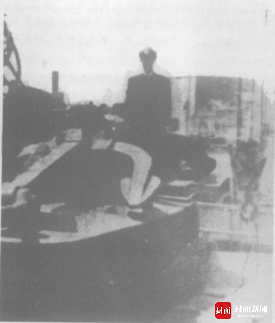
As a historic moment, Zhong Hanbo took a photo with the iron anchor at Tokyo’s Zhipu Wharf.
After the signing ceremony, Zhong Hanbo returned to the station, submitted the original signing to the team leader, and the team leader checked it and filed it.
According to the arrangement, this batch of Sino-Japanese War relics was transported back to China in two times. The first batch, including 20 anchor chains with a total length of 53 meters, was repackaged in 10 boxes and 10 artillery warheads. The customs anti-smuggling ship "Feixing" was transported back to Shanghai on May 4, 1947. The second batch, including two ship anchors, each with four tons, arrived in Shanghai by the ship "Longshun" on October 23rd.
It is worth mentioning that both Feixing and Longshun were plundered by the Japanese from China during the Anti-Japanese War, and they were returned to China this time.
For this batch of Sino-Japanese War relics returned to China, the China media at that time followed up. On July 15th, 1947, Shenbao reported on the process of Zhenyuan Iron Anchor’s return to China with the title of "The Great Iron Anchor’s majestic posture is still beyond recognition". Along with the report, it also published two photos of the iron anchor in the cabin.

On July 15, 1947, the photo of two iron anchors in the returning cabin was reported and published. Unfortunately, the anchor of another Jingyuan ship was later lost in the war.
After returning to China, these relics of the Sino-Japanese War were transported to Qingdao Naval Academy as the material evidence of revenge.
A few years later, when the war of liberation began, these relics were lost again. After liberation in 1949, the People’s Liberation Army found Zhenyuan iron anchor among the piles of untreated wastes on the dock through the introduction of dock workers in Qingdao Port.
In 1959, Zhenyuan Iron Anchor was sent to China People’s Revolutionary Military Museum for exhibition.
If you analyze it carefully, you can still see an obvious welding trace on the anchor handle. In the war that year, this iron anchor was smashed and ready to be sold as scrap iron. That welding trace is the scar left after repairing the iron anchor.
Due to the limited scope of Zhong Hanbo’s search, there are still two Zhenyuan relics in Japan today: the first anchor of Zhenyuan ship, and the existing Yoshinozu Shrine in Okayama, Japan; Zhenyuan ship 305 mm shells, the existing Japanese "Sandali" ship park.

An obvious welding trace can also be seen on the anchor handle of Zhenyuan anchor. In the war that year, this iron anchor was smashed and ready to be sold as scrap iron.
6. The China Navy finally avenged itself after the Sino-Japanese War.
In May, 1947, the relics of Zhenyuan and Jingyuan, which had endured great humiliation in Japan for nearly 50 years, set sail for home. Along with Zhenyuan anchor, there were 34 Japanese ships, including the destroyer Yukikaze, which was regarded as a meritorious ship by the Japanese navy.
After World War II, the remaining destroyers, patrol ships and transport ships of the Japanese navy were divided among the top four countries of China, the United States, Britain and the Soviet Union as part of Japan’s compensation.
At that time, 135 Japanese ships were selected, which were divided into four parts according to tonnage, and the four countries drew lots to decide.
At that time, China won eight warships, including the two destroyers "Night Moon" and "Yukikaze" with the largest displacement among Japanese ships at that time.
On July 1, 1976, eight Japanese compensation ships flying the Japanese captive flag and the Japanese flag set sail for China.
At 2 o’clock on the afternoon of July 3, eight ships arrived in Shanghai. Since then, China has accepted three batches of 26 Japanese ships.
Thirty-four Japanese warships totaled 30,500 tons, and the China Navy finally got its revenge after the Sino-Japanese War of 1894.
Chen Yue, a scholar of Sino-Japanese War, told the cover journalist that during his academic visit to Japan, a Japanese professor told him that War of Resistance against Japanese Aggression’s victory in 1945 was China’s total victory against Japanese aggression.
According to this Japanese professor, since the Sino-Japanese War of 1894, Japan has never given up its aggression against China, and War of Resistance against Japanese Aggression is a continuation of the Sino-Japanese War of 1894. Under such a big time and space background, China has won the overall victory against aggression, while Japan has always been defeated.

As Jun Boli wrote in his commentary on Zhenyuan Iron Anchor, this is a historical testimony of Chinese people’s heroic resistance to imperialist aggression and their glorious victory.










